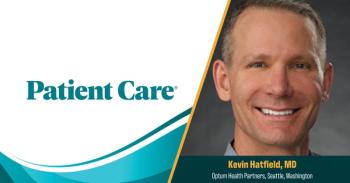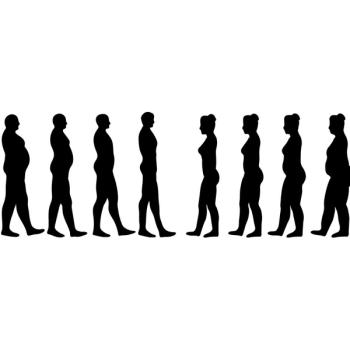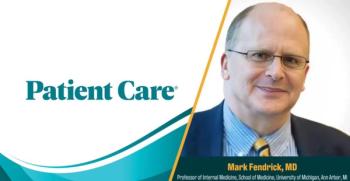
Patients Often Miss Boosters in 2-dose Vaccine Regimens
Patients most often blame forgetfulness for not getting a second shot so reminders are key; just don't rely on a message via a patient portal to reach them.
With 2-dose COVID-19 vaccines now in wide US distribution, a survey of 1000 American consumers turned up worrisome behavior around other multidose vaccines.
Health technology company
Why? 60% of patients say they just forgot.
The pattern worries both public health officials and vaccine manufacturers as similar lapses in patient follow-up could significantly impact the effectiveness of COVID-19 vaccines in curtailing the pandemic.
“It’s critical that people get all required doses of multi-dose vaccines, or they won’t work at full effectiveness. I can’t overstate how important this is right now to help bring an end to the devastating COVID-19 pandemic,” said Colin Banas, MD, chief medical officer for DrFirst. “We already know this can be an issue with the two-dose shingles vaccine because only
Healthcare providers need to understand how easy it is for people to miss these follow-up shots and what kind of reminders work best for patients, especially since so many patients say patient portals aren’t the answer.”
Nearly half of DrFirst survey respondents (43%) reported that they had received a vaccine requiring multiple doses, including for COVID-19, HPV, shingles, and childhood illnesses. However, 13% said that they did not get the second dose or aren’t sure if they did so.
Age does matter. The youngest adults (aged 18-24 years) were most likely to say they did not receive all required doses (18%). The oldest adults (aged ≥65 years) were least likely to say they missed the second dose (4%) but most likely to be unsure if they did (8%).
Well more than half (60%) gave reasons for missing the booster shot that fit under the umbrella of “forgetfulness.” And, there were a variety of other reasons, too.
For more COVID-19 coverage for primary care, visit our COVID-19 Resource Page .
Newsletter
Enhance your clinical practice with the Patient Care newsletter, offering the latest evidence-based guidelines, diagnostic insights, and treatment strategies for primary care physicians.
















































































































































































































































































